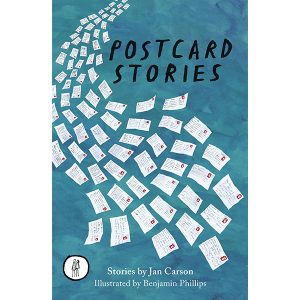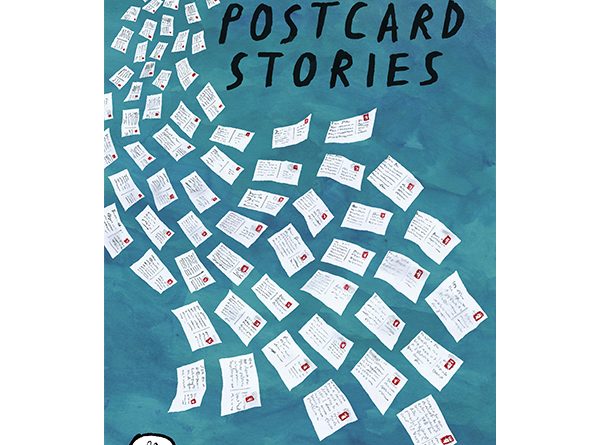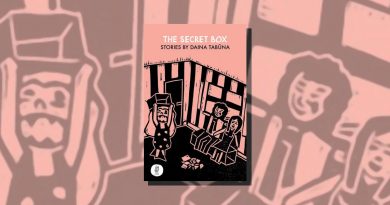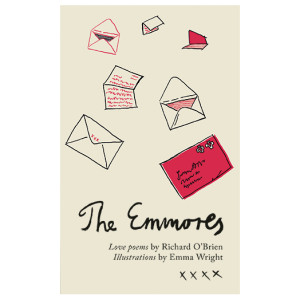Postcard Stories by Jan Carson
-Reviewed by Siobhan Denton–
As a nation, we are busier than ever. This increased demand on time has led to an inability to concentrate on an individual task at length. It is this which, arguably, has led to the rise in mindfulness in an attempt to centre our innumerable thoughts. That mindfulness has filtered itself down to literature, resulting in short, pithy texts intended to encourage reflection. Largely, this form has manifested itself through the utilisation of various social media platforms, its proliferation and accessibility lending itself to centring during moments of stress. Take Rupi Kaur’s Milk and Honey, its publication stemming from her popularity as an Insta poet, or the use of the Twitter hashtag #amwriting which aims to encourage active writing and readership.

Reading Jan Carson’s Postcard Stories I was instantly reminded of this form. Short, often deceptively simplistic pieces that can be read in isolation or all at once. The titular stories derive from Carson’s decision to write a story every day on the back of a postcard, before sending it to a friend. This collection features 52 chosen stories titled chronologically, week by week, tracking through the year. Carson presents innocuous stories that take place in and around Belfast. Some of these stories are hugely successful, and often haunting in their apparent transparentness. ‘Week 6 – February 5th 2015’ for example, is rather wonderful and invites repeated reading. Depicting a childhood incident that the narrator has continually returned to, its plain language subtly creates quite beautiful imagery. Take the following lines:
Afterwards the dart came away as clean as needles. No harm done. You did not tell and neither did she.
You are still wondering if it was ordinary rage which raised your hand to your chin and flung, or something skinnier: the desire for black hair, an older sibling, or a mother waiting by the school gates in a red sports car.
The indelible mark left upon the narrator’s memory through his act of throwing a dart at a fellow friend is skilfully selected. The ‘needle’ in its clinical nature, cleanness and efficiency and its potency for piercing flesh becomes violent when ruminated upon, altering the seemingly innocent act.
Others however, in falling in line with the proposed form feel stilted and stultifying, take ‘Week 12 – March 19th 2015’ and the following lines:
A young writer, hoping to look more poetic in cable-knit cream, purchased the jumper, wore it to a reading of no real consequence in a local library and, though it itched like a prison blanket, refused to take it off.
The lines, in their baldness, feel contrived here. While this works for some of the stories, others can quickly feel narrowed by the form. ‘Week 12’ in particular, says little and invites little consideration.
Proposing the use of such a form can both help and hinder a narrative’s integrity. When it works, such a form can help to create a work of cohesion and fluidity. And when Carson’s stories do work cohesively it is largely due to the accepted form and structure. They work as musings, reflections upon seemingly unassuming events and incidents. The issue is that as soon as the reader is reminded of the form that these stories are supposedly connected through, they immediately read as restricted and confined. The subject content itself is largely successful, but the form limits what Carson is able to do with them.
Perhaps it’s the concept of non-fiction writing, the idea that Carson was simply inspired to write these pieces and send them on to a myriad of friends that feels superficial, and lacking in reality. If the stories were presented as simply stories, then they could be enjoyed as such, but rather, when presented in this manner of hyperreality they fall short. They feel too high concept, and in turn, almost naïve in their execution.
Given the enforced structure, there is little that allows for unity between the stories. Reading several in one sitting, as I did, results in an almost jarring experience. Simply, these stories are not meant to be enjoyed one after another, but rather should be read in isolation allowing for contemplation. The illustrations interspersed throughout the book are clearly intended to encourage deliberation, and yet, they feel didactic in their timing.
Carson’s prose is, when successful, rather wonderful. It is the chosen form that ultimately undermines the reading experience. Perhaps if these stories were collected as simple reflections rather than this artificial, and in turn, insincere concept, the reading experience would have been more successful. When intentionally neglecting the thought that these mini-texts were supposed to be postcard stories, I instantly found them to be inordinately more effective. This is not to critique Carson’s writing. Her writing demonstrates a clear aptitude for creating imagery through seemingly modest language choices. Rather, her writing should be given the freedom to simply write and be enjoyed without the enforcement of a high-concept form.





